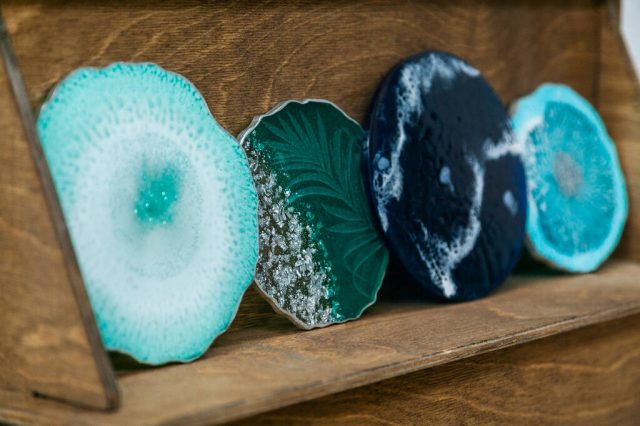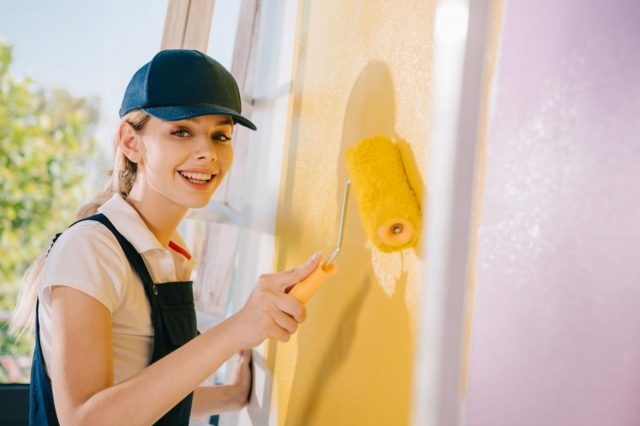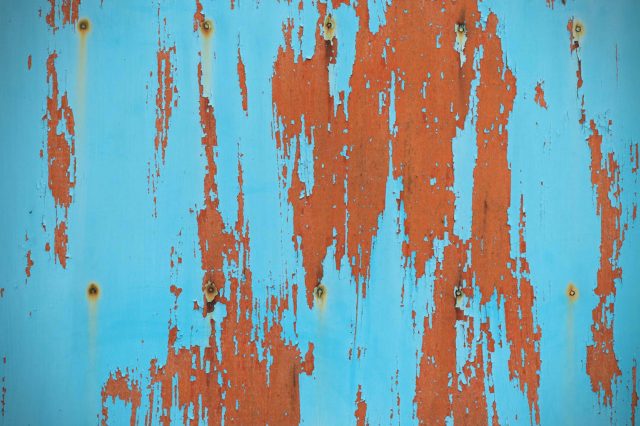How Long Does Polycrylic Take to Dry?
All you need to know about the correct use of polycrylic
We guess we will be right if we say almost everyone has a few things at home that are old enough but have a certain value to us. It can be an old piece of furniture, an antique table or chair, or something we inherited from previous generations. And quite often, these things need extra protection because of being rather fragile.
This is why many of us consider using polycrylic to cover these items in order to preserve them longer.
However, if you have never used polycrylic before, you might be wondering how much time it might need to fully dry. And you can easily find this information in the article we have prepared for you today!
Read on to find out more about polycrylic dry time and not only it. We will also tell you what polycrylic is, what makes it different from polyurethane, and why polycrylic dries so fast.
In addition, you will find out how much time polycrylic needs to fully cure and how long you should wait between the coats to let them dry. Finally, we will share a few handy tips on how to speed up the drying process.
How Much Time Does Polycrylic Need to Dry?
One layer of polycrylic usually takes 2-3 hours to dry to the touch. This amount of time is typically enough for it to be ready for reapplying but anyway, you will have to wait for another 24 hours to properly dry it.

Of course, you should note that the drying time will also depend on how many layers of polycrylic you apply. The more layers the more time they will need to dry.
Why would you have to let the existing coat of polycrylic dry for 2 hours before another coat can be applied? This time is needed to allow the polycrylic to dry fully.
See, before you can apply the second coat of polycrylic, the solvent in the first layer must completely evaporate. In addition, the pigments and resins have to harden and bond tightly. This allows the second coat to sit well on the existing one.
What can happen if polycrylic is re-coated too soon? Well, two things will happen:
- The solvent will be trapped inside the existing coating because it doesn’t have enough time to evaporate properly
- Besides, the coat that has been applied too soon will prevent the solvent in the first coating from fully evaporating
As a result, this will cause the second layer of polycrylic to peel off. In addition, it can cause the entire finish to become gummy or tacky!
Table of Contents
How Long Does Polycrylic Take to Cure?
Speaking of polycrylic cure time, people tend to believe that, since it dries relatively fast, it will cure the same fast. However, even though polycrylic does have a relatively short drying time, the actual time needed to dry and cure will depend on several factors:
- How thick each layer is
- The number of coats that you have applied
Curing is an important chemical process! It causes the polycrylic to harden and turn from a semi-liquid state to a hard solid state. Only when a coat has been cured, can it protect a surface against any damage and elements such as scratches and dirt.
But in order to properly cure polycrylic, you have to let it around 24 to 72 hours in addition to the drying time.
However, the good news is that items that have been coated with polycrylic can be moved carefully after 24 hours already. Of course, this should be done only if there is no way to wait for a suggested period of time until the coating cures.
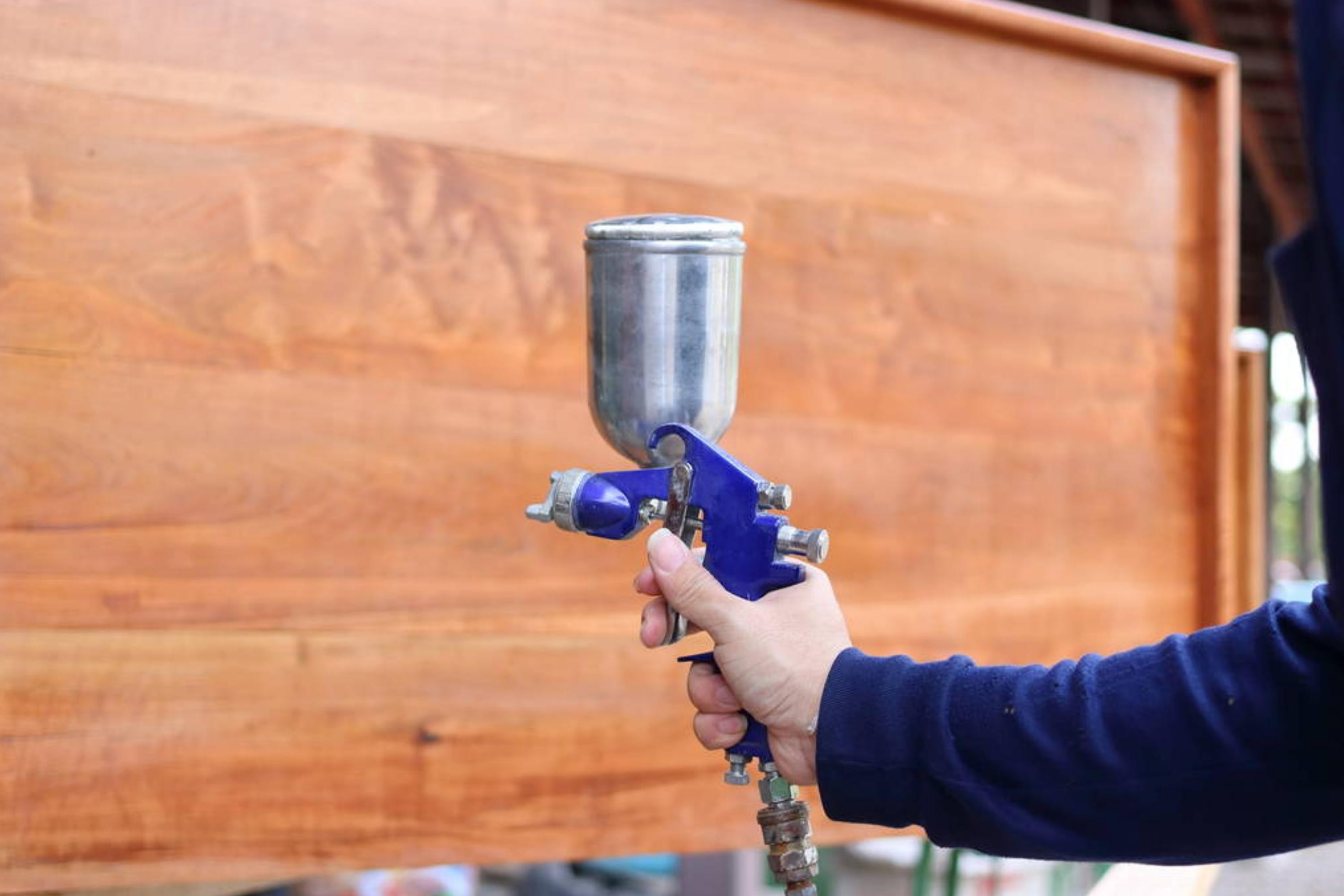
tuaindeed via VistaCrrate
What Is Polycrylic?
Not everyone knows what polycrylic is, so we decide to remind you of it. And those who didn’t know about this product can learn more about it now. So, polycrylic is a clear and colorless topcoat that has protective properties.

In addition, it makes the structure look good as new and prevents their shininess from getting dull. When it’s applied to a surface, it forms a glossy layer (you could see it on furniture, woodwork, and other antiques).
Since polycrylic is used mainly to protect wooden surfaces from damage, people tend to think that it can’t be used on other surfaces. However, this is not true. Polycrylic can be successfully used on other materials as well, giving similar results.

housekeepingbay.com
Thanks to its quick drying time and beautiful glossy finish it gives when dry, polycrylic has been widely used for purposes other than protecting surfaces. For example, many DIY makers use polycrylic’s clearness to add dyes and glitters and apply on different plastic ornaments.
And since you have learned a bit more about polycrylic’s drying time and its nature now, let’s see what makes it distinct from a product that quite many people mistake it to. Yep, we mean polyurethane!
What’s the Difference Between Polycrylic And Polyurethane?
These two have names that sound almost alike so people often get confused, not knowing who is who! However, there is a significant difference between polyurethane and polycrylic.

housekeepingbay.com
- Polycrylic has a water-based formula
- It’s more environmentally friendly than polyurethane
- It can be cleaned up easily with soap and water
- Its volatile organic compound levels are much lower than of polyurethane
- Polycrylic is less durable than polyurethane
- Polycrylic is meant to be used only on interior surfaces
- Polycrylic should not be used on exterior surfaces or on surfaces that are exposed to lots of wear or water (e.g. floors)
- Polyurethane can be oil-based and water-based
- Polyurethane leaves an amber-like hue on surfaces
- Polycrylic leaves a clear, non-yellowing surface
- You should avoid using polycrylic over dark-colored paints or red mahogany stains
With that in mind, you will be able to make a correct choice when deciding which one you need, polycrylic or polyurethane.
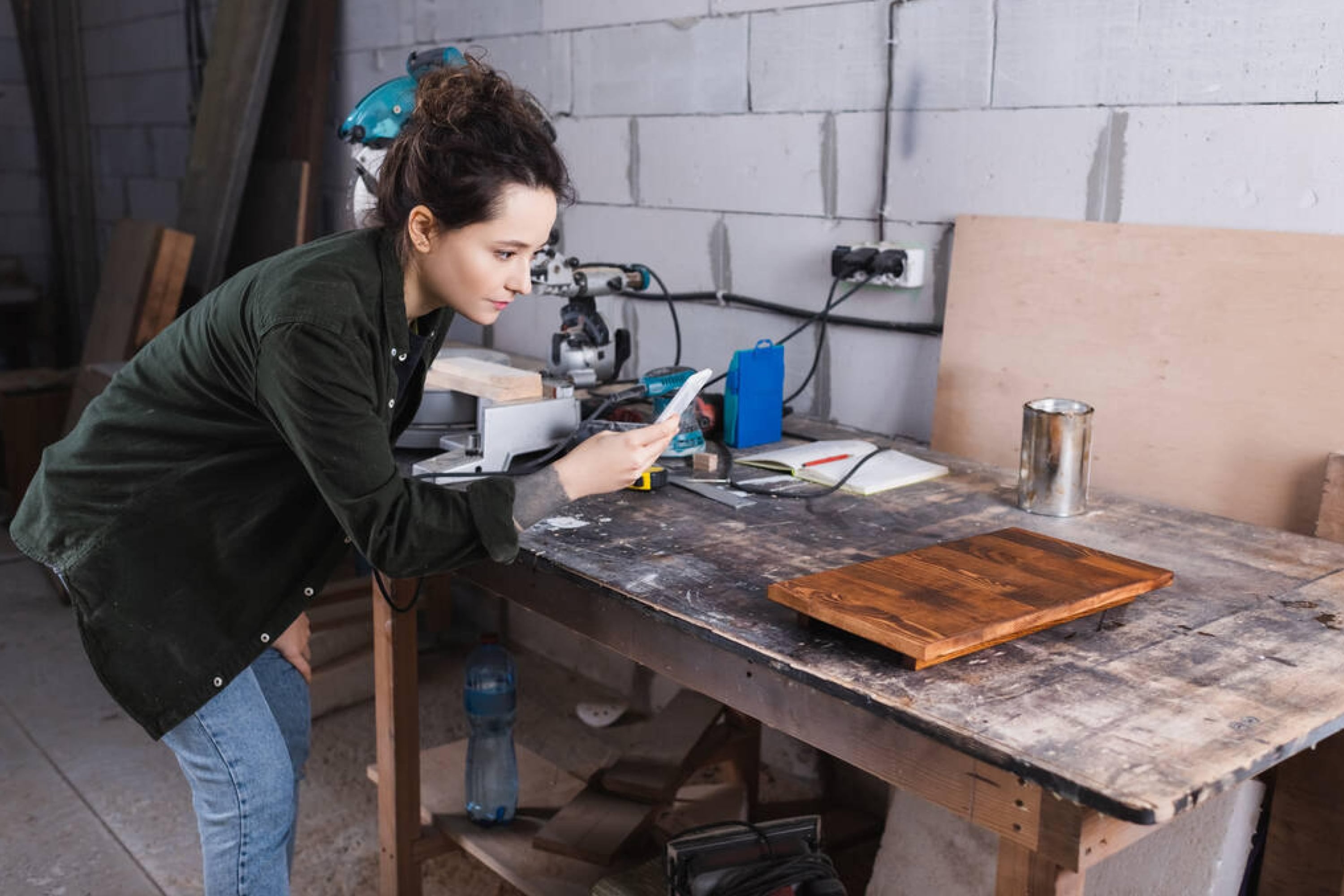
Ischukigor via VistaCrrate
Why Polycrylic Dries Faster?
Polycrylic is known for its shorter drying and curing time, which makes it so popular.
In addition, a short drying and curing time doesn’t affect its efficiency and durability after it dries. So you probably wonder what exactly makes this substance dry much faster than polyurethane, for example. Below you can check out the reasons for faster drying time.

Ischukigor via VistaCrrate
Base Of the Coat
One of the main reasons is that polycrylic uses water as its base. This simple nuance of the coat makes polycrylic dry and cure so fast, being much quicker than polyurethane, which is oil-based.
In addition, thanks to the water base, polycrylic forms a thinner and lighter coat, which also requires less time to dry than a thick oil-based layer of polyurethane.
The Way It Reacts With Humidity
As you definitely know, humidity plays an essential role, as well as temperature, when it comes to determining the drying time. If the humidity is too high, the moisture will evaporate slowly off the coat, thus causing the drying and curing time to increase.

housekeepingbay.com
But since polycrylic is water-based, the coat is already thin which allows it to lose water much faster compared to “heavy” oil-based polyurethanes. But still, you should take into account that, if the humidity of your area is high, it will take much longer than on average.
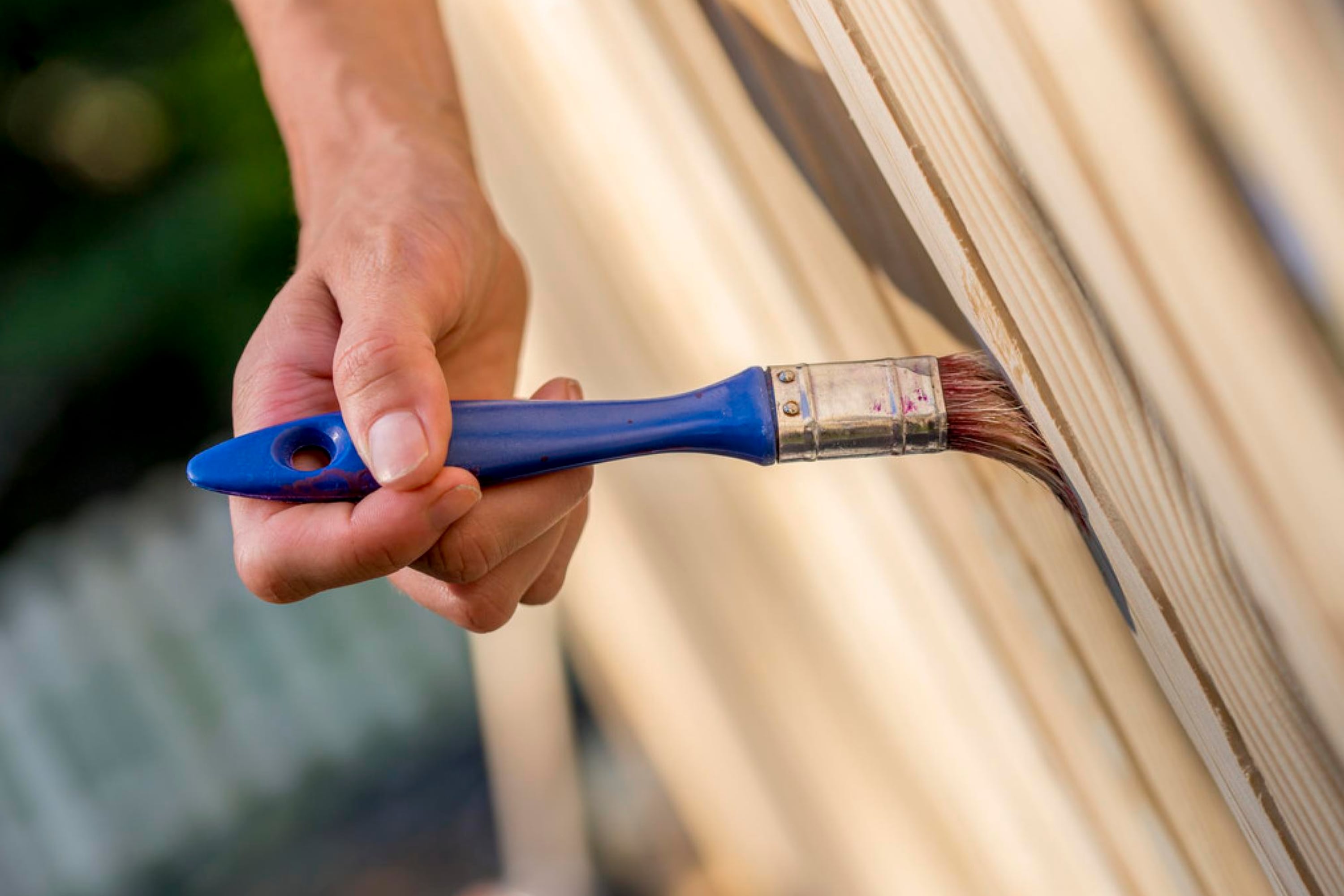
Gajus-Images via VistaCrrate
The Way It Reacts With Temperature
Temperature is another crucial factor that affects the drying and curing time of polycrylic coating. The hotter it is, the better it can evaporate the water off and cure faster.
And since the normal room temperature is the same as the optimal drying and curing temperature of polycrylics, they dry and cure much faster than any other coat.
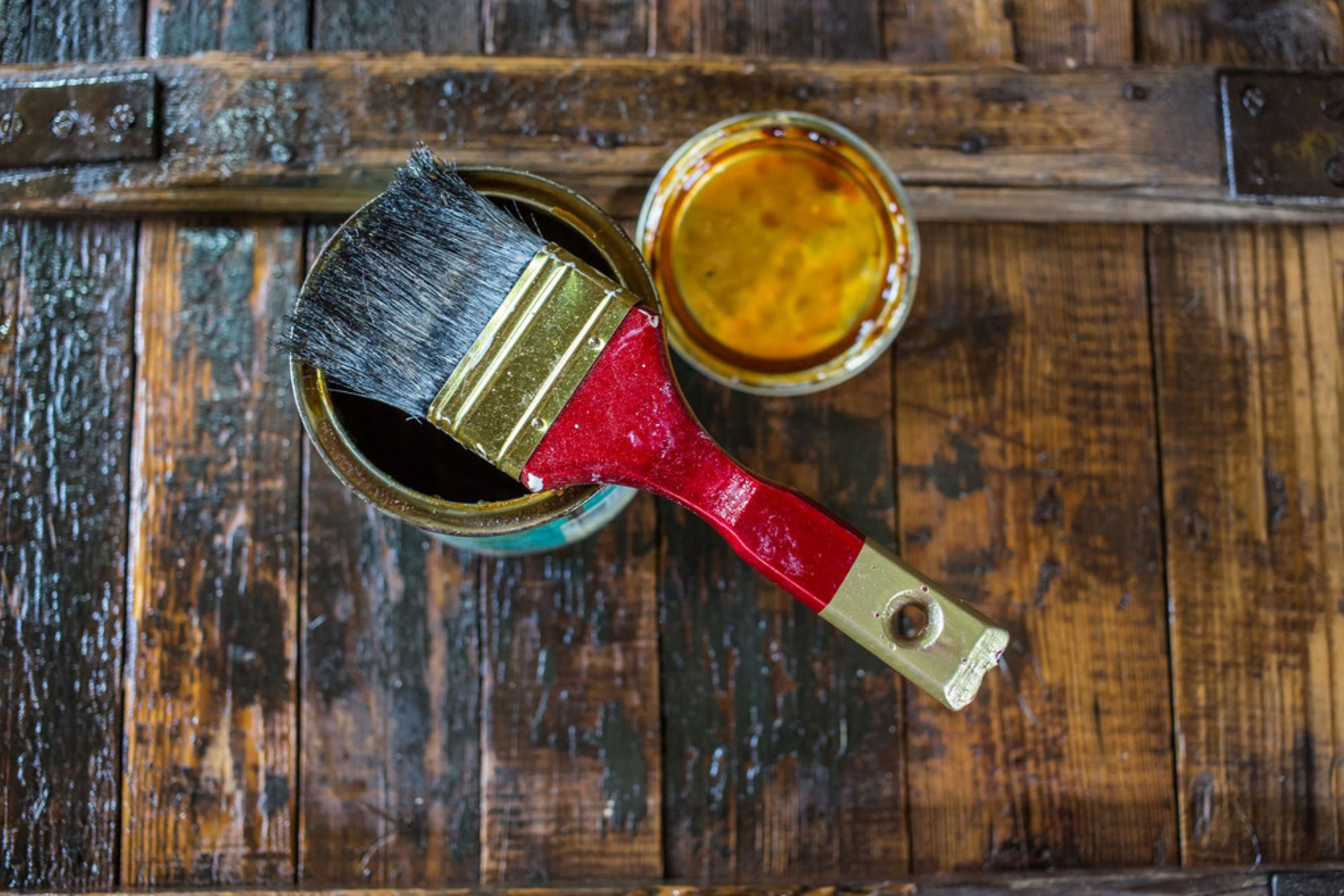
PEPPERSMINT via VistaCrrate
How Long Should You Let Polycrylic Dry Between Coats?
For better appearance and protection, people often apply multiple coats of polycrylic. But in order to do that correctly and end up with an evenly covered surface, you need to wait long enough before applying the next coat.
Since polycrylic is water-based, you do not need to wait long before you apply the next layer. Polycrylic can dry to the touch in 30 minutes already but it is recommended that you give the coat 2 hours before applying the new layer.
See, the trick is that the previous coat must be dry to the touch but not hardened completely! If it hardens, it would cause the new coat of polycrylic to not properly adhere to the previously applied layer.
If you apply the new layer too soon while the previous one is still wet, the water would be left in the old layer like in a trap.
If that happens, the old layer will not cure properly and the moisture would be stuck underneath the new one. As a result, the top layer will get peeled off after it has dried out.
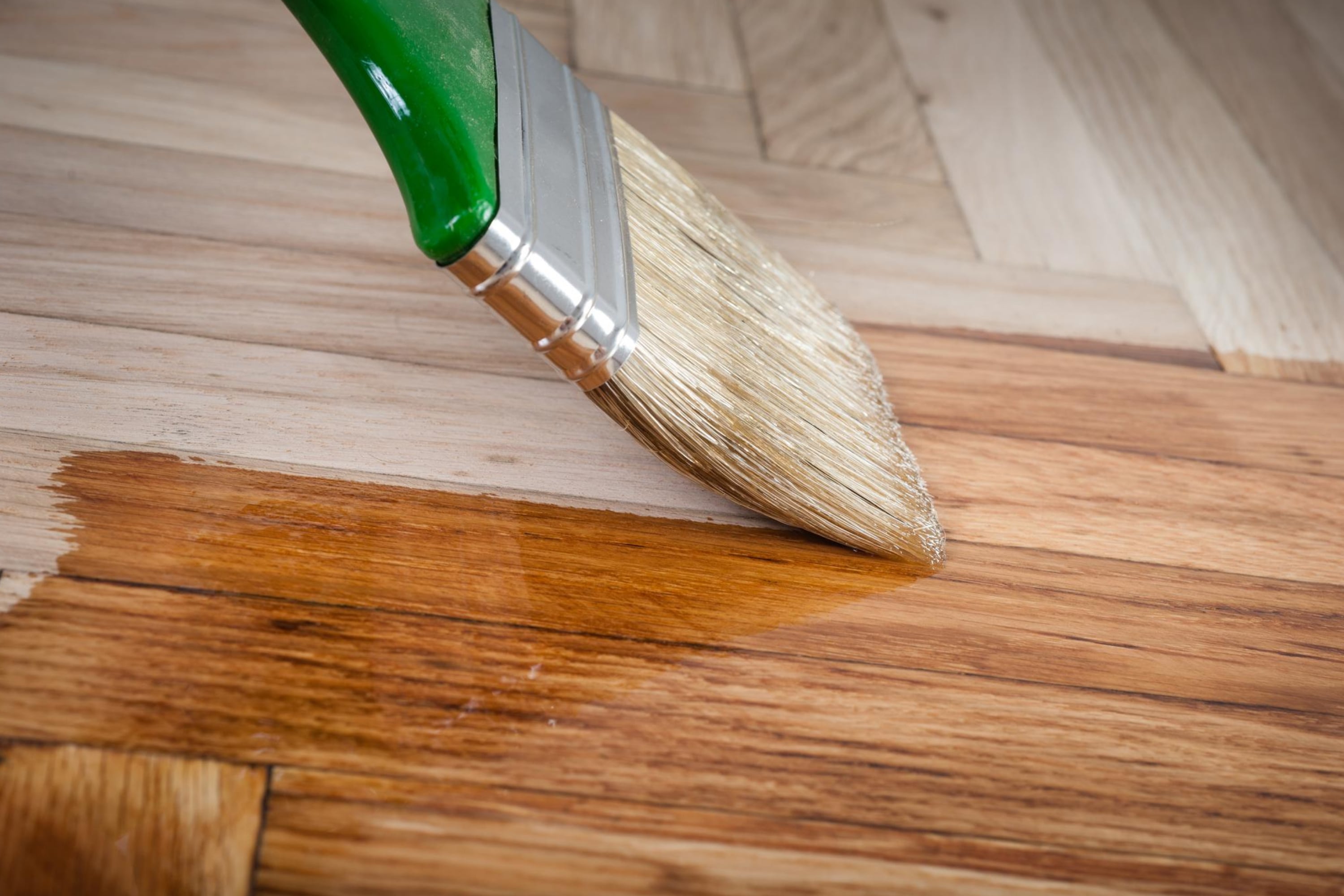
fotokostic via VistaCrrate
Is It Possible to Speed Up Polycrylic Dry Time Somehow?
As you already know, polycrylic has a relatively short drying time. However, if you need it to dry even faster, there are several easy methods that you can use to make the coat of polycrylic dry up as soon as possible.
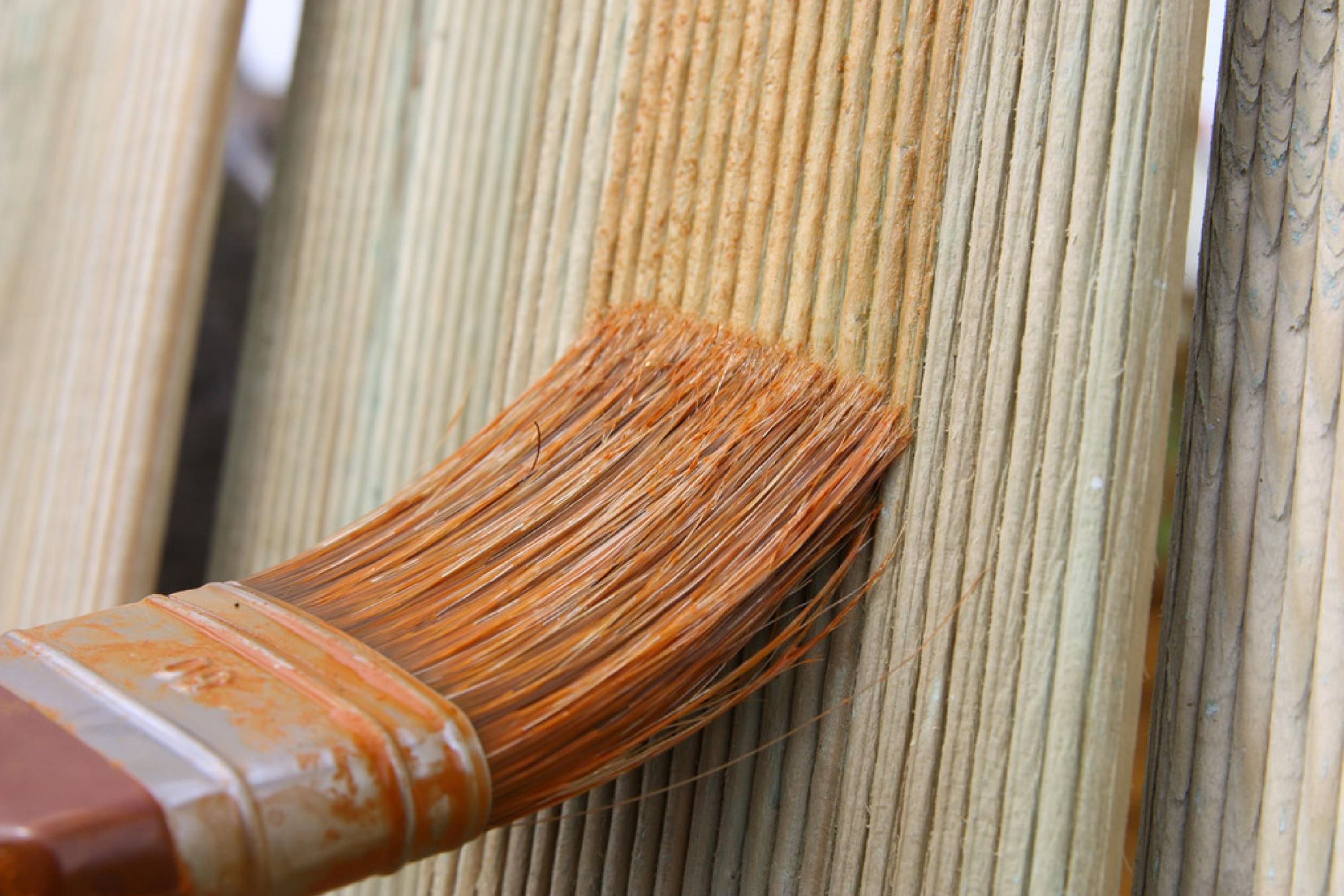
tkemot via VistaCrrate
Use a Dehumidifier
Using a dehumidifier can be very helpful if you need to speed up the drying process of polycrylic used in a humid atmosphere. In such an atmosphere, it would take polycrylic several days to cure but with the help of a dehumidifier, then can be reduced to 24 hours.
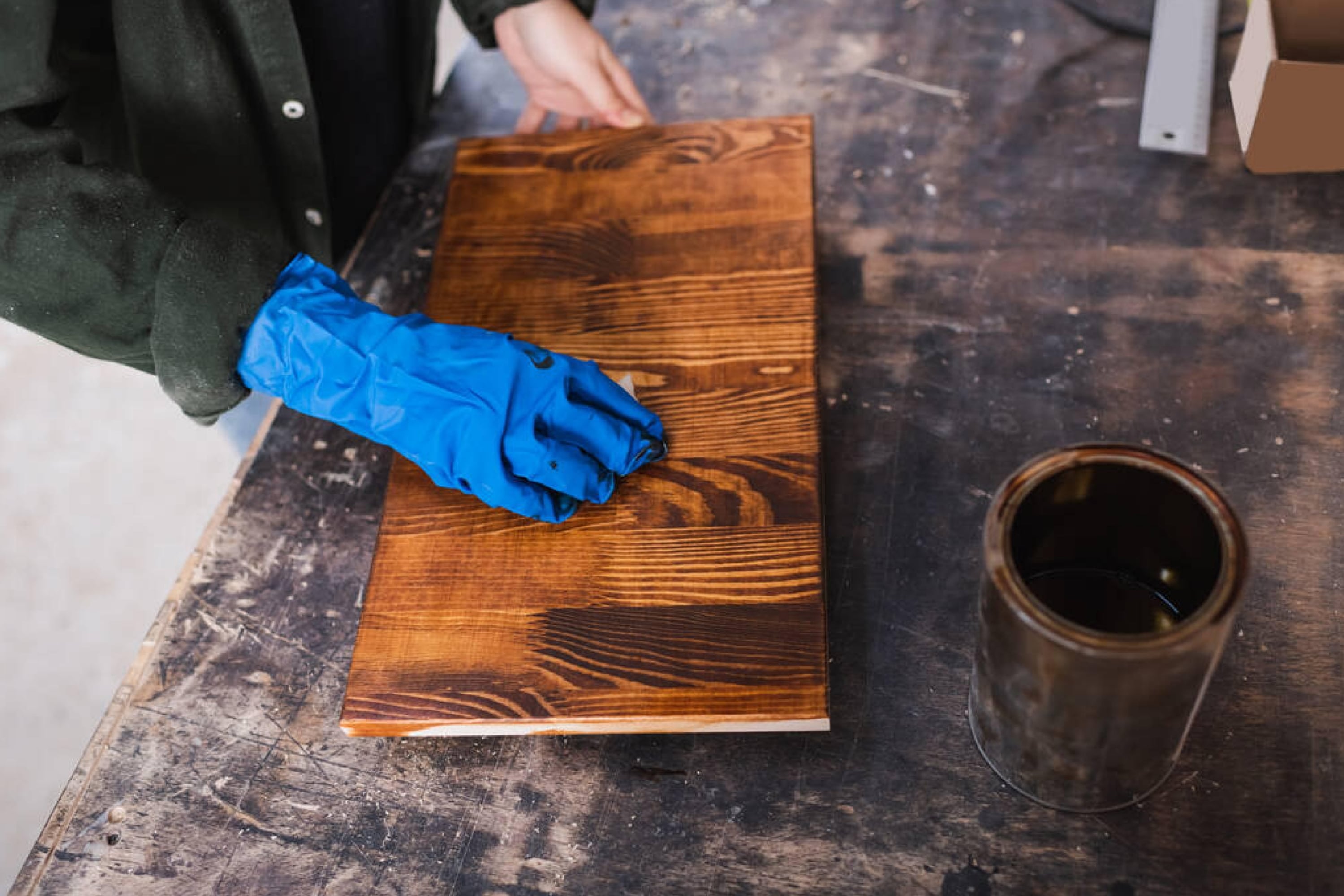
Ischukigor via VistaCrrate
Raise the Temperature And Air Circulation
Temperature and air circulation also have a great impact on the speed of drying and curing of the polycrylic coat. So if you can increase the temperature, as well as airflow in the room, it will increase the rate of evaporation and also help the moisture get removed off the surface of the coat.
As an additional option, you can try having a fresh air flow all the time while your polycrylic is drying. It would also benefit the coat by making it cure rapidly. Simply keep the windows open or turn a fan on! Both methods can make the quality of air circulation much better!
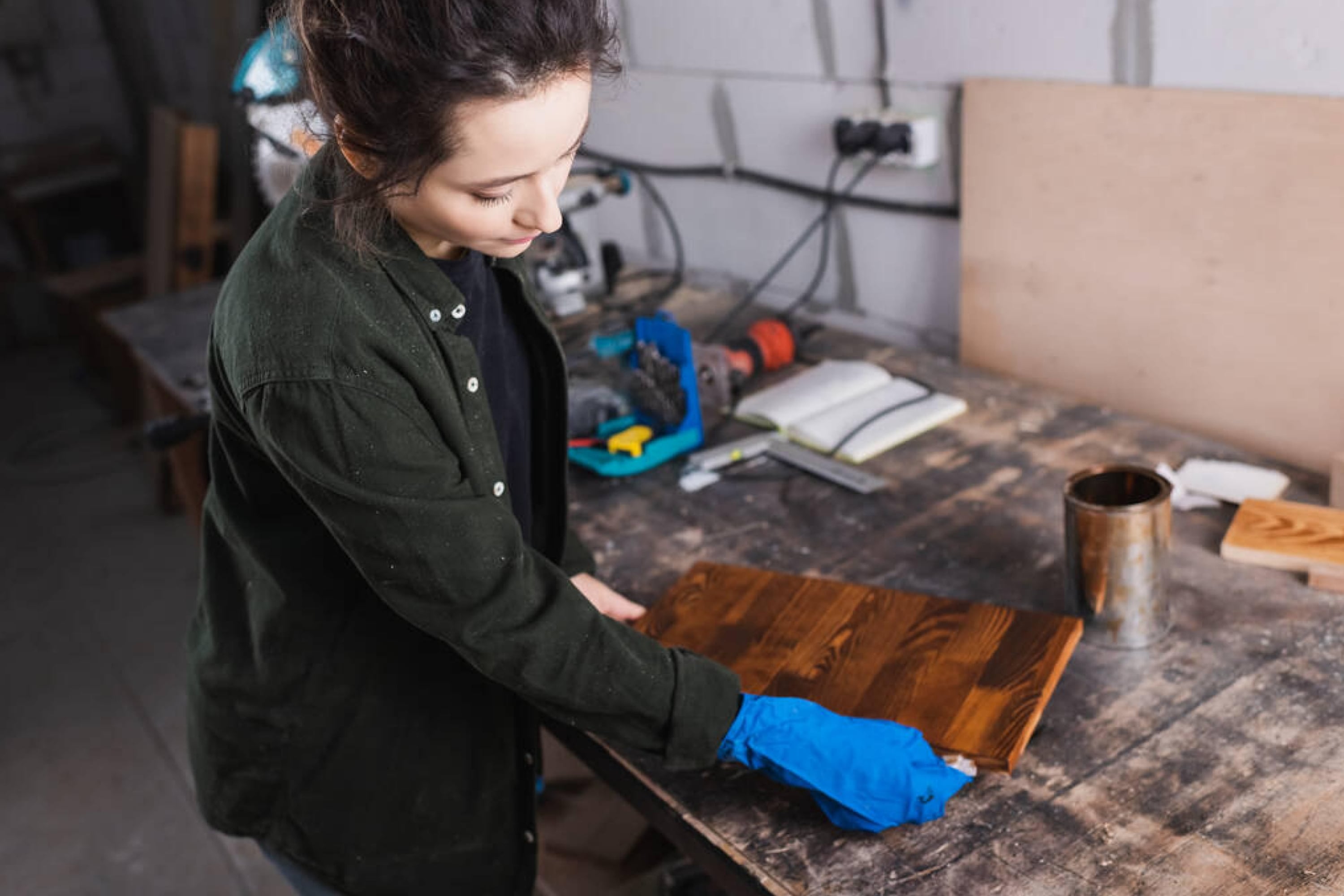
Ischukigor via VistaCrrate
Use a Hair Dryer
This is the most affordable option perhaps. Everyone has a hair dryer at home and this tool needs no special skills to be used.
Simply put the hair dryer on medium settings, and you will be able to effectively speed up the drying and curing time of a polycrylic layer. You just need to be cautious and not overheat it! Otherwise, the layer might crack.
So, now you are aware of many useful facts regarding the drying time of polycrylic.
You know what polycrylic is, what it’s used for, and what makes it dry so fast. Also, you learned what makes polycrylic different from polyurethane and how long you should wait until a coat of polycrylic dries fully.
In addition, we explained how you could speed up the drying process.
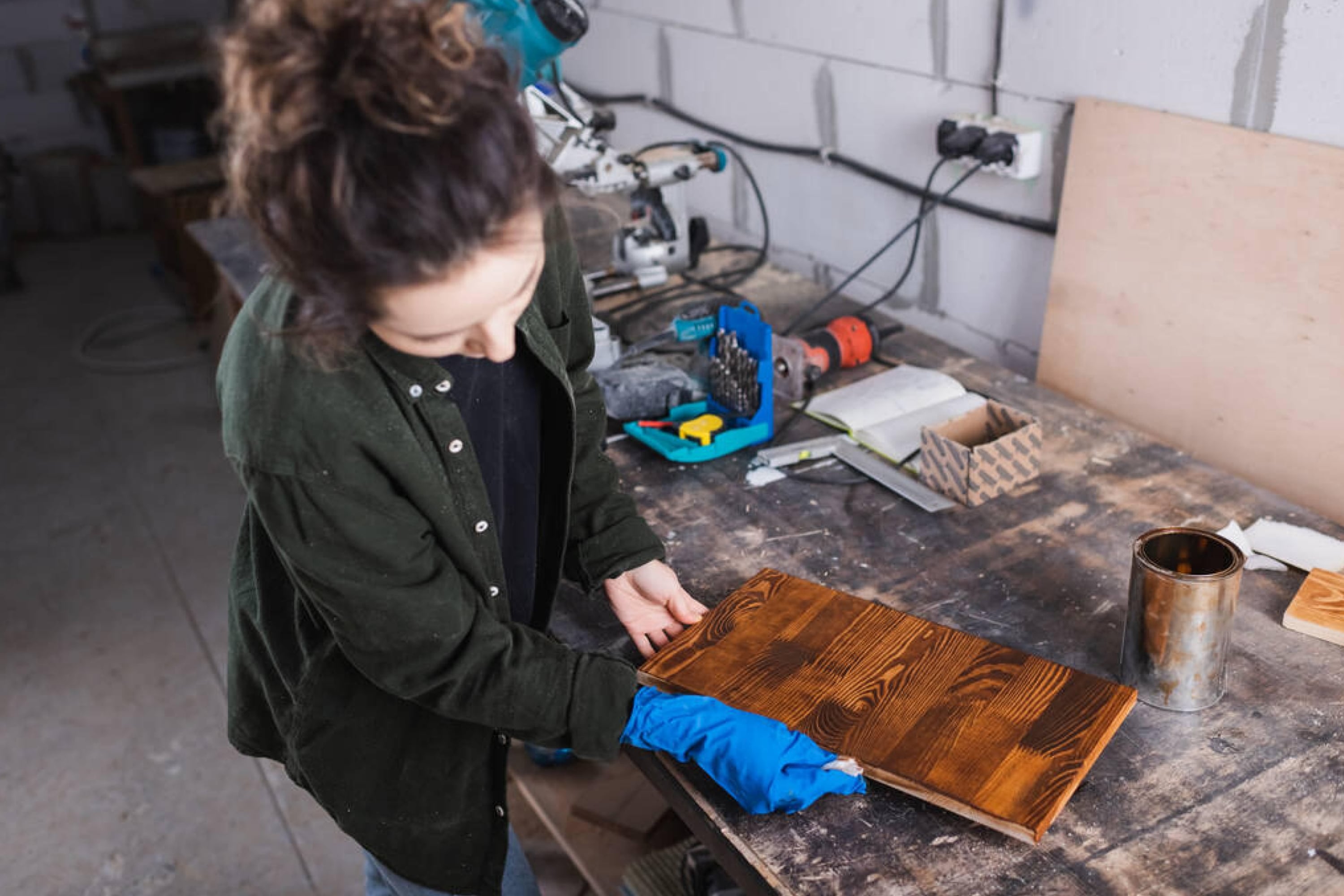
Ischukigor via VistaCrrate
Ever wished paint sampling was as easy as sticking a sticker? Guess what? Now it is! Discover Samplize's unique Peel & Stick samples. Get started now and say goodbye to the old messy way!
Get paint samples




Frequently Asked Questions
⭐How long to let chalk paint dry before applying polycrylic?
Wait 24 hours after applying the first coat of paint before applying a polycrylic layer.
⭐How to open polycrylic can?
You’ll need a screwdriver for that. Place its tip straight down in between the outer lip of the lid and the rim of the can. Press down on the handle of the screwdriver to pry the lid upwards. Rotate the can and repeat this every inch or two until the lid is fully loose.
⭐Can I thin polycrylic with water?
Yes, you can. Water-based polycrylic doesn't require anything more than water for thinning since solvents such as mineral spirits and denatured alcohol don't play well with water-based finishes.

